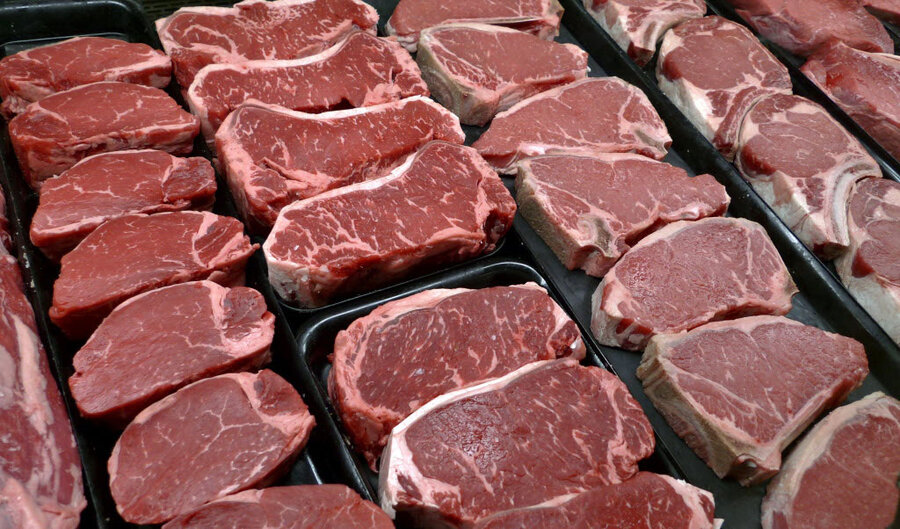New study suggests Americans could feed more people by changing their diet
Loading...
The United States uses 630 million hectares of land for food production. If Americans adopt a vegetarian diet that includes dairy, this land could feed 800 million people, according to a new study from the Friedman School of Nutrition Science and Policy at Tufts University. The study, which was published in July 2016, uses a new foodprint model to show the relationship between dietary choices and per capita land requirements on existing agricultural land in the U.S. The results indicate that reducing meat consumption—in comparison to the standard American diet—can raise the potential of agricultural land to feed more people. The study is the first of its scale which estimates the carrying capacity of existing agricultural land in the entire continental U.S.
The researchers used 10 diet scenarios: one baseline, average American diet; a baseline diet which falls within suggested caloric intake, based on the 2010 Dietary Guidelines from the U.S. Department of Agriculture; and eight diet variations which abide by the 2010 dietary guidelines. The eight diets differ in the amount of meat and dairy, ranging from a purely vegan scenario to a scenario wherein 100 percent of the population consumes meat.
The study finds that the baseline diet has the highest land use, at 1.08 hectares per person, per year. On the other end of the spectrum, the three vegetarian diet scenarios reach as low as 0.13 hectares per person, per year. When per capita land requirements for each diet scenario are applied to the available agricultural land in the U.S.—including cultivated cropland, perennial cropland, and grazing land—the resulting carrying capacity indicates how many people can be fed. According to the study’s authors, “the estimates of carrying capacity for each scenario suggest that dietary choices can greatly influence the ability of agriculture to meet human food needs.”
The authors note, however, that the land use varies between diet scenarios: diets with higher amounts of meat used all of the available cropland and grazing land, while the vegetarian diets did not use any grazing land. The report also notes that the carrying capacity of the vegan diet scenario depends on estimates of the quantity of arable cropland.
This story originally appeared on Food Tank.







